To increase the volume of inland waterway cargo transport to 835 million tons according to the new planning adjustment, many barriers to investment in infrastructure need to be removed.
Many infrastructure bottlenecks
One day in early 2025, at the inland waterway terminal of the Tan Cang Que Vo ICD area (Bac Ninh province), two cranes were reaching out to load a container barge onto the yard. This was a barge from Hai Phong port area bringing raw materials to serve production in the export processing zones of Bac Ninh, Bac Giang, and Thai Nguyen.
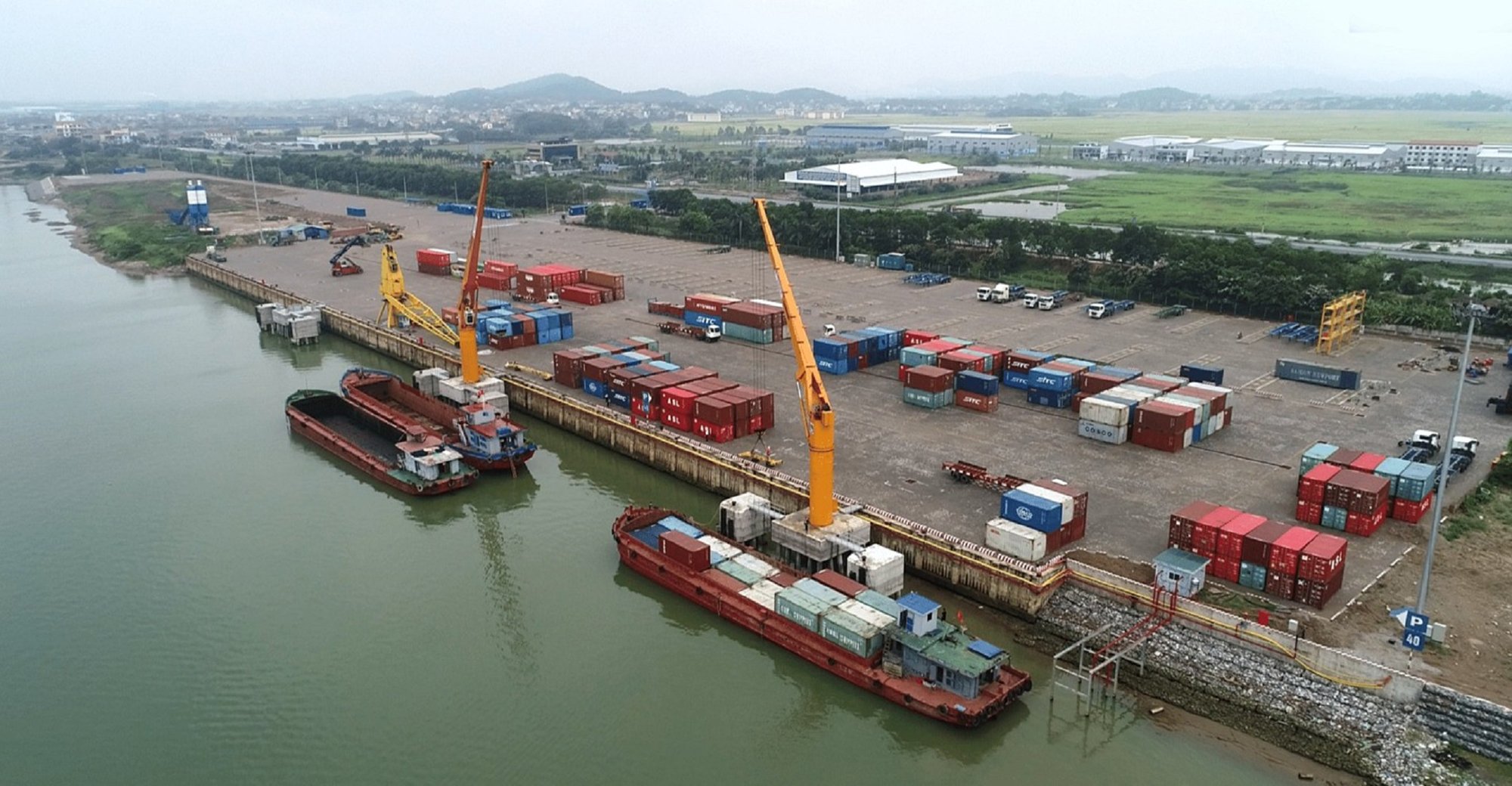
Inland waterway port in Que Vo, Bac Ninh invested by Tan Cang.
Inspecting the wharf area, Mr. Nguyen Cong Binh, Director of Tan Cang Que Vo ICD said that due to high water, the barge could only stack 2 layers of containers because it was stuck at the clearance of Binh Bridge on the route. Occasionally, the barge could also stack 3 layers when the water was low, but it was stuck at the shallows. Therefore, the barge's full load capacity of 3,000 tons (about 160 Teus) could not be fully exploited to reduce costs and be more efficient.
Similarly, Mr. Le Manh Cuong, Director of MacStar Container Coastal Transport Joint Stock Company (MacStar Lines) said that he is operating a barge with a capacity of 36 Teus on corridor 2 from Hai Phong to Ninh Binh, 230km long. However, this route passes through many low-clearance road bridges such as Quay Bridge, Ha Ly Bridge, Thuong Ly Bridge, so the barge can only carry 2 layers of containers.
Mr. Binh said that when it first came into operation (2020), Tan Cang Que Vo only operated 2-3 trips/week. Up to now, this number has reached 15-16 trips/week, bringing the output in 2024 to nearly 40,000 TEUs.
However, Mr. Binh said that this is not commensurate with the scale, capacity and potential. Tan Cang Que Vo ICD has a total area of nearly 10 hectares, 650m of wharf, capacity to receive barges with a maximum tonnage of 160 Teus; equipped with 5 shore cranes with a lifting capacity of 45 tons, a reach of 30m, fully equipped with loading and unloading equipment and means of transport.
According to regulations, the infrastructure of waterways will be invested by the State. Ports and wharves will be invested entirely by enterprises using non-budgetary capital. However, at present, enterprises are still reluctant to invest due to many barriers.
"As with Tan Cang Que Vo ICD, according to regulations, to be recognized as an ICD dry port, it is necessary to have mandatory construction items, including a warehouse system. Therefore, Tan Cang will continue to invest in a warehouse and two barge berths. However, according to the law on dykes, warehouses are civil works so they are not allowed to be built outside the dyke," Mr. Binh informed.
Increase public investment rate, lead private investment
According to Decision No. 1587 adjusting the inland waterway infrastructure planning for the 2021-2030 period, with a vision to 2050, recently approved by the Prime Minister, by 2030, the volume of goods transported will reach about 835 million tons, a sharp increase compared to the old planning (715 million tons).
Passenger transport volume reached about 418 million passengers (in the old planning it was 397 million passengers). Transport corridors, cargo port clusters, and passenger ports are also planned to increase capacity.
To achieve the planning goal, according to Mr. Nguyen Ngoc Hai, Vice President of the Vietnam Port - Waterway and Continental Shelf Association, regarding the infrastructure of the waterway, two major issues must be ensured: Underwater, depth must be ensured; in the air, clearance must be ensured for vehicles to pass smoothly.
In Decision No. 1829, the capital requirement for waterway investment was 153,000 billion VND, and according to Decision No. 1587, this figure increased to 187,000 billion VND. Up to now, nearly half of the 2021-2030 period has passed, and the budget capital for waterway infrastructure investment is very low.
According to Mr. Bui Thien Thu, Director of the Vietnam Inland Waterways Administration, in recent years, the proportion of investment in waterway infrastructure has accounted for less than 2% of the total transport infrastructure investment budget. However, the volume of inland waterway cargo transport still accounts for about 20% of the volume of transported goods. This sector also has a high proportion of non-budgetary capital mobilization, up to 82%.
However, to promote private investment, public investment must be the seed capital to complete the signaling system, train traffic infrastructure, and increase the clearance of river bridges.
"The rate of public investment in waterways needs to be gradually increased, reaching about 5-7% of total investment in the transport sector, leading private investment," Mr. Thu emphasized.
Mechanisms and policies need to be transparent.
According to Mr. Thu, port policies also need attention. Specifically, it is necessary to facilitate the upgrading of the existing dry port system into logistics centers; ICDs, dry ports, and logistics centers must have inland waterway ports and wharves located in the wharves; seaports must have their own wharves and wharves for barges (included in investment conditions and announcement of seaports).
Mr. Tran Do Liem, Chairman of the Vietnam Inland Waterway Transport Association, said that to attract investors, the State must have policies, from planning to land allocation, especially land allocation procedures.
Policies and mechanisms must be open, favorable and preferential. Investors fear most of all losing money and time. Therefore, policies must be specific: What are the preferential land taxes; if land use must be converted, what are the procedures; what fees and taxes are exempted?
"For example, if the land is agricultural land and does not have to pay taxes, but when it is converted to land for investment in ports and service wharfs, it must pay fees for land use conversion. Meanwhile, the State has collected taxes from the moment the construction starts, and also collects taxes when production begins," said Mr. Liem.
Regarding the policy of reducing commercial loan interest rates for investors, Mr. Tran Do Liem said that according to current regulations, inland waterway ports are on the list of industries and professions with investment incentives. However, the total investment capital requirement must be from 3,000 billion VND.
This is not suitable for reality, the longest inland waterway ship is only about 100m long, with a load capacity of about 3,000 tons, and the investment in wharf and loading and unloading equipment is only a few hundred billion. Therefore, although there are preferential regulations, enterprises cannot enjoy them in reality.
Source: https://www.baogiaothong.vn/go-rao-can-thong-luong-van-tai-thuy-192250115072353144.htm




![[Photo] Visiting Cu Chi Tunnels - a heroic underground feat](https://vstatic.vietnam.vn/vietnam/resource/IMAGE/2025/4/8/06cb489403514b878768dd7262daba0b)
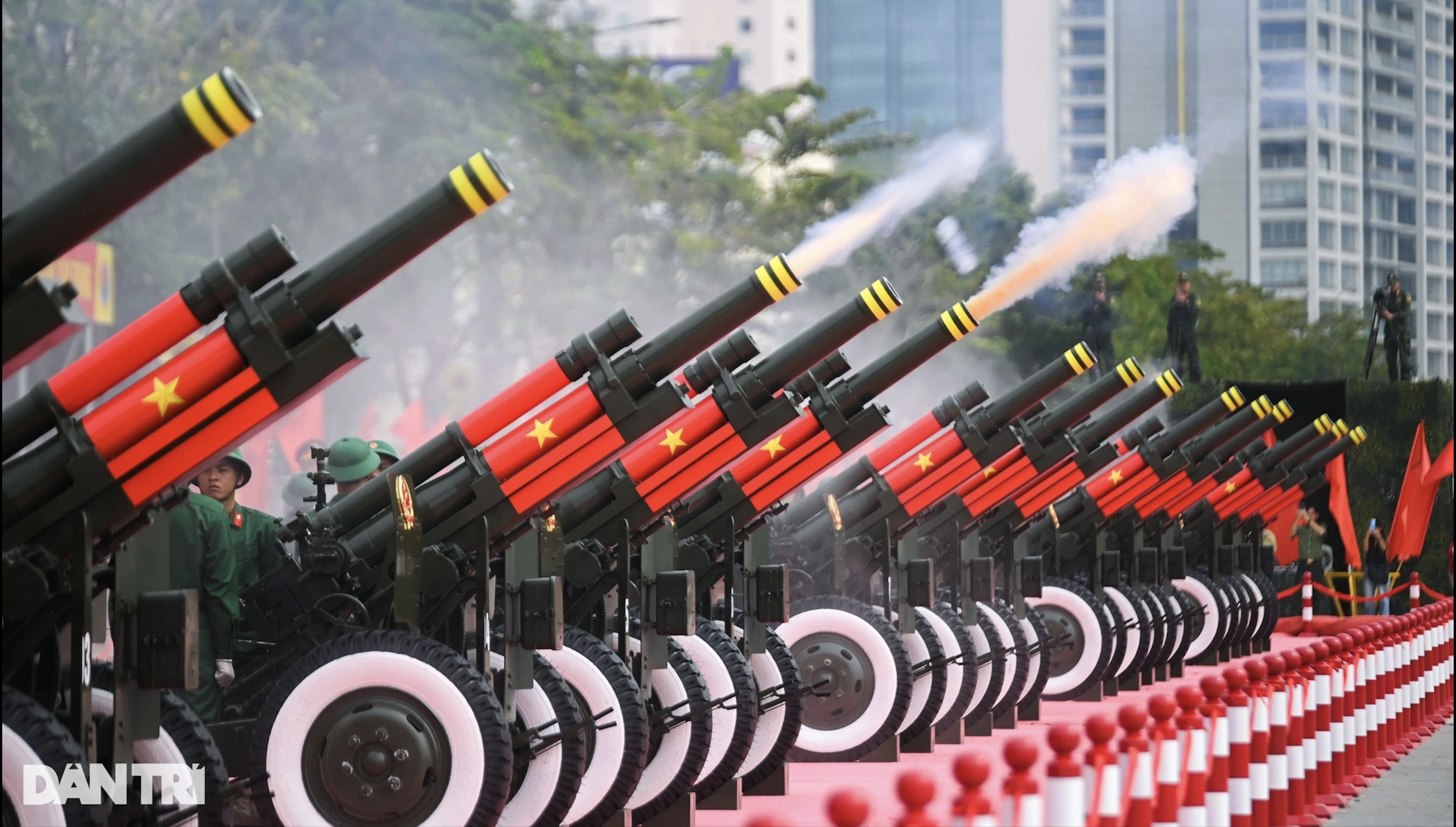

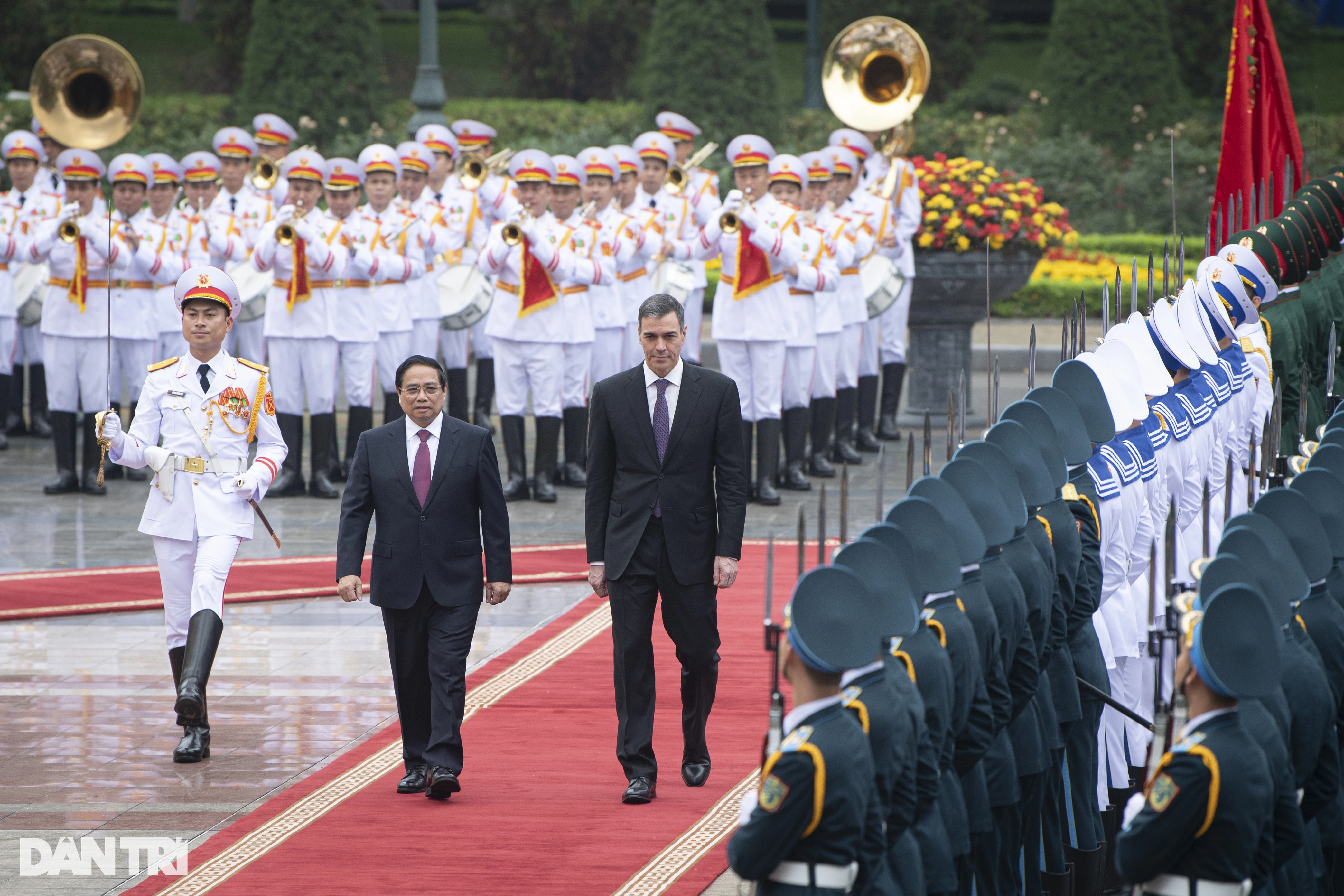
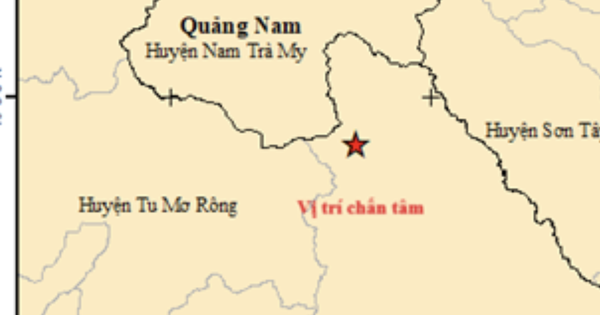
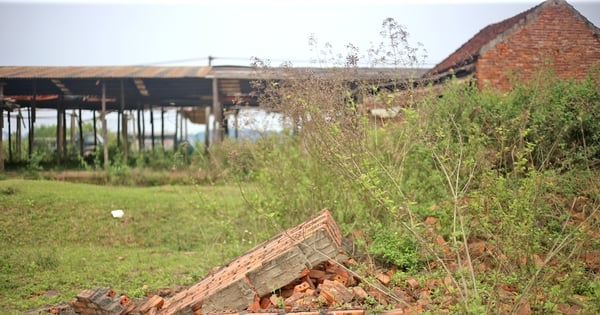
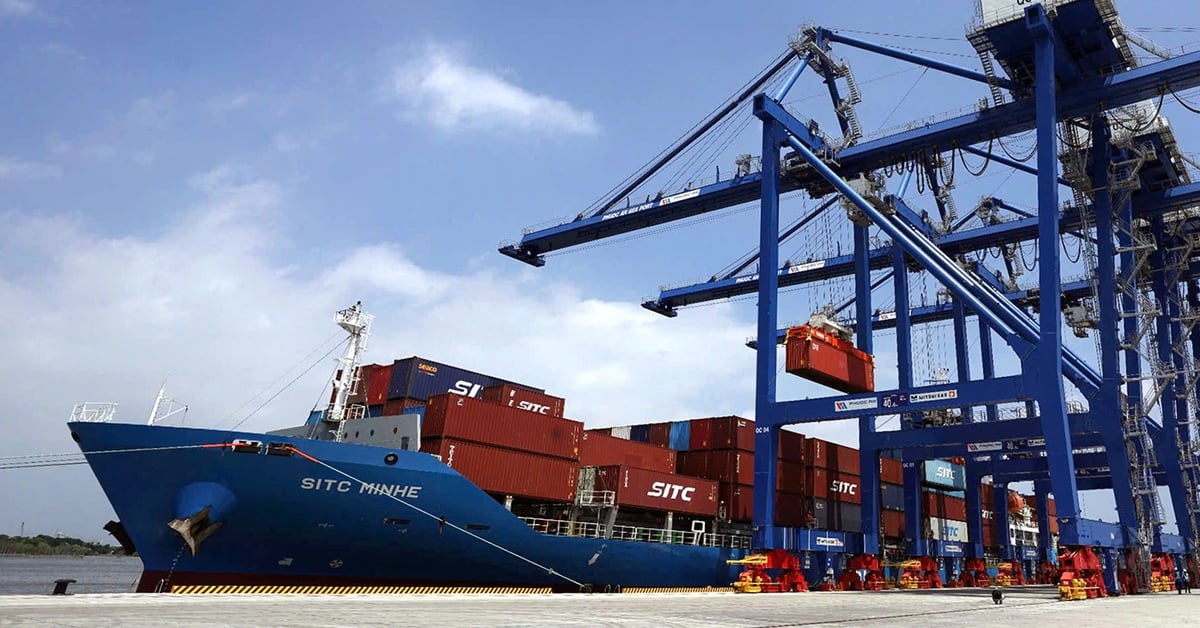

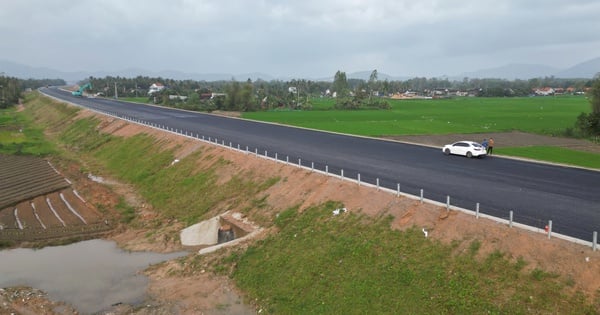
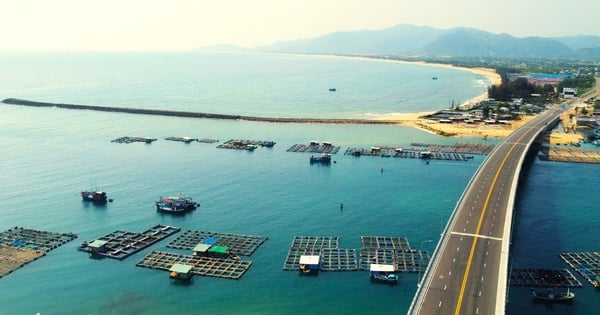


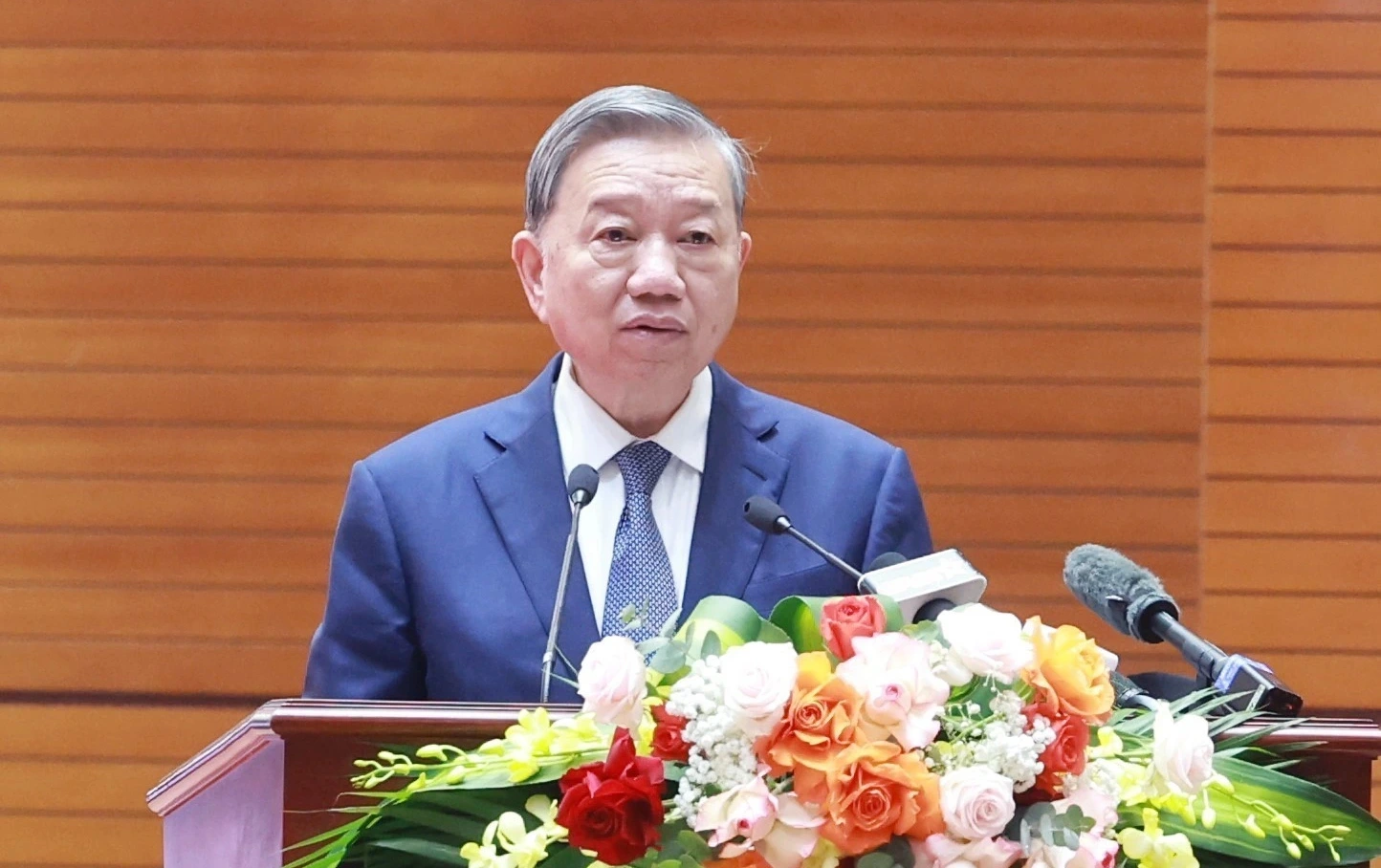

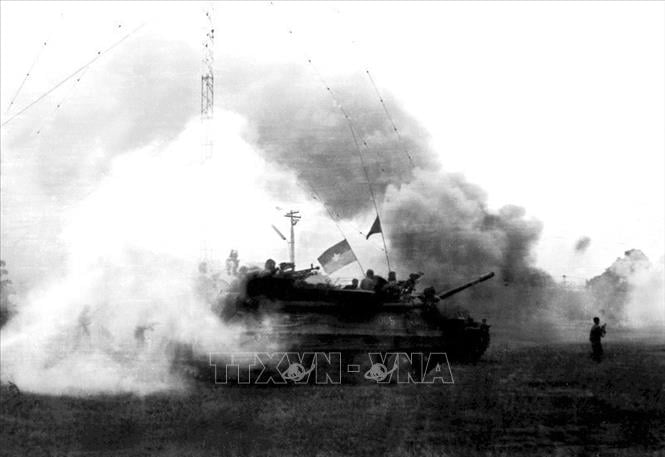
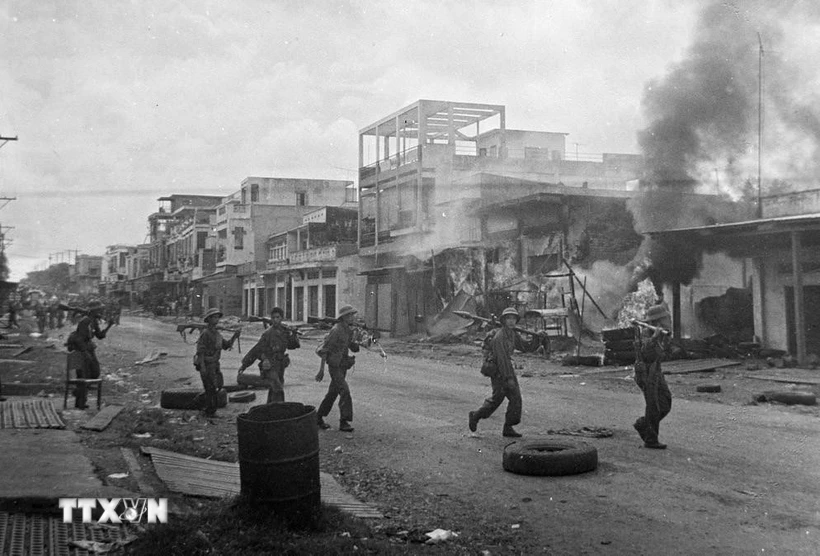

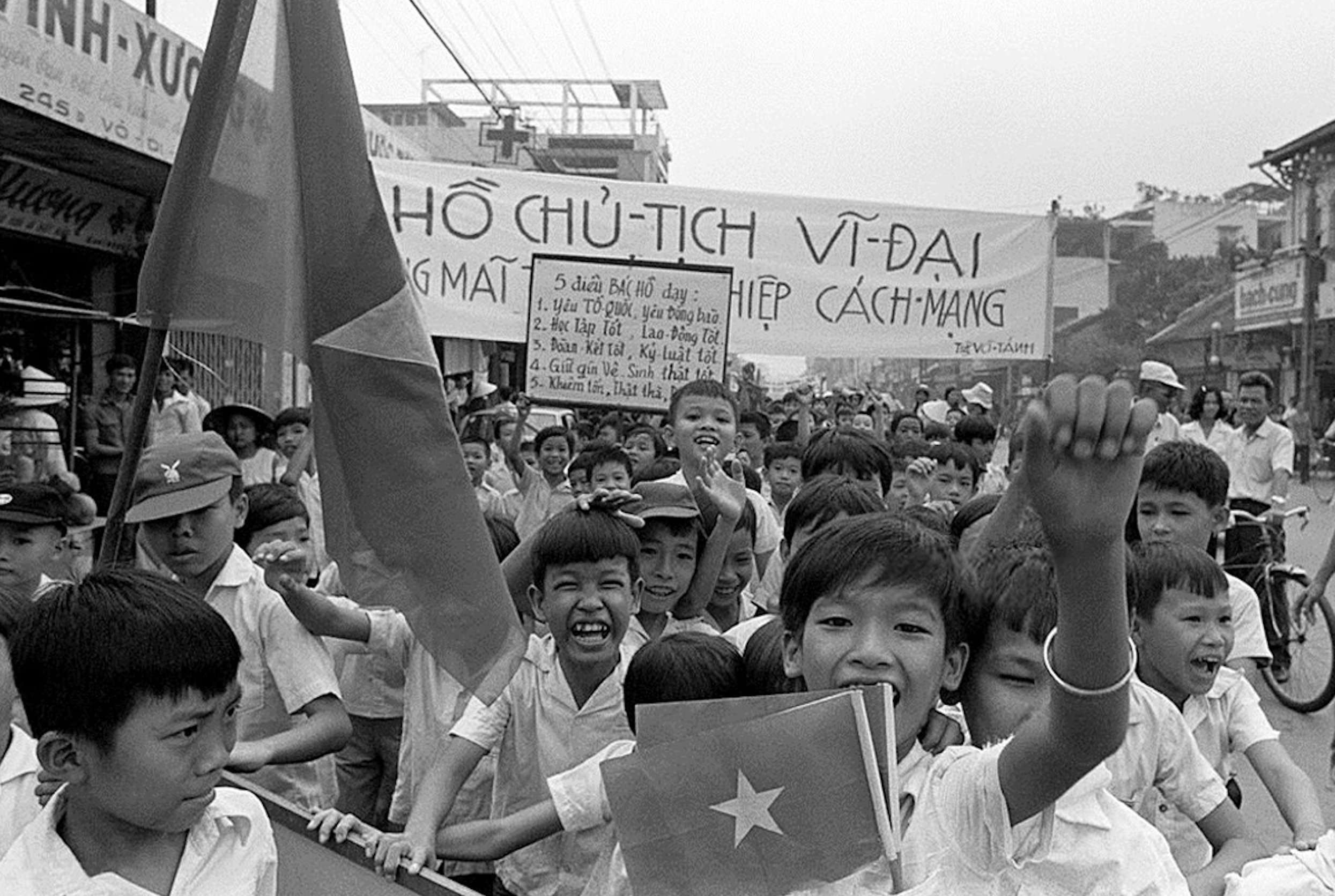







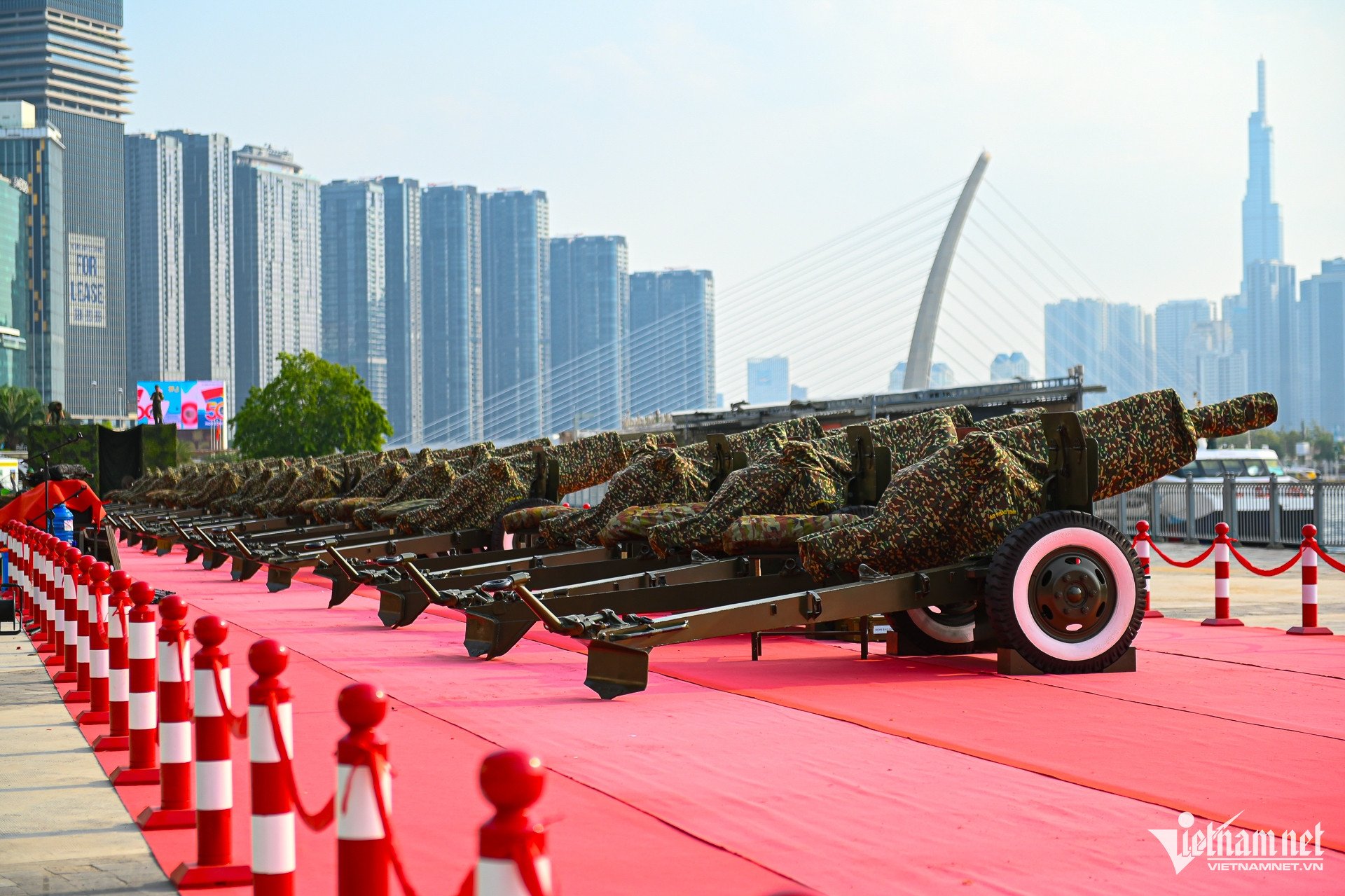
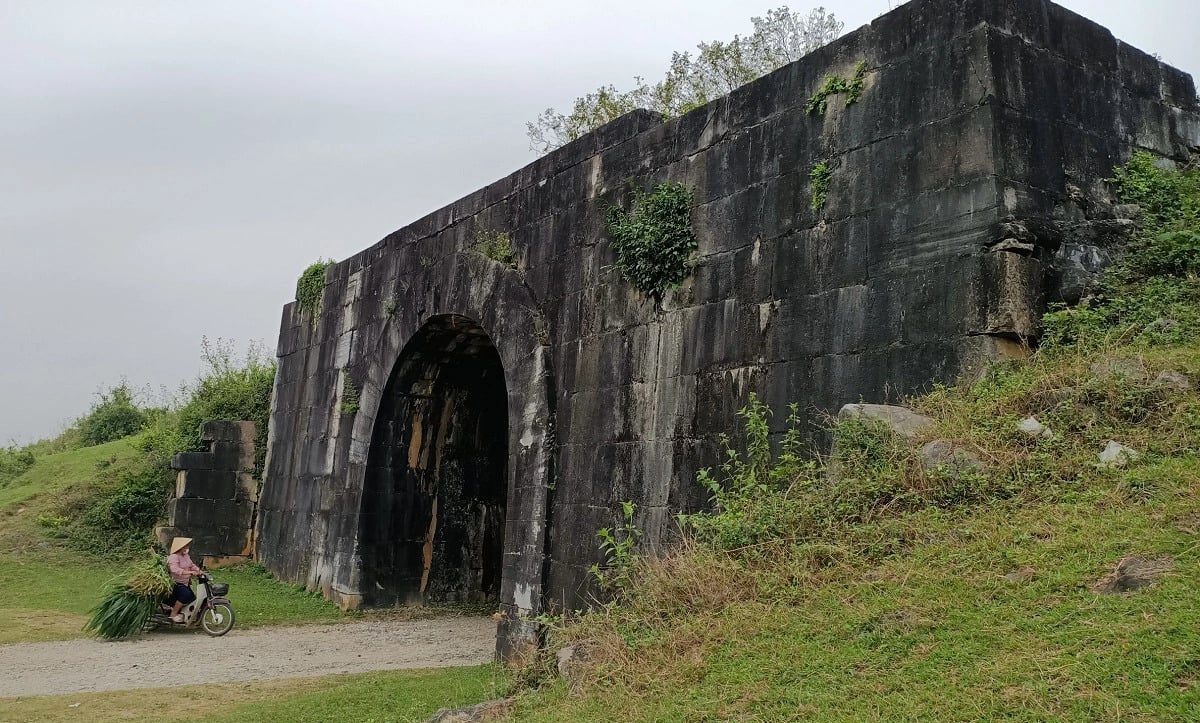

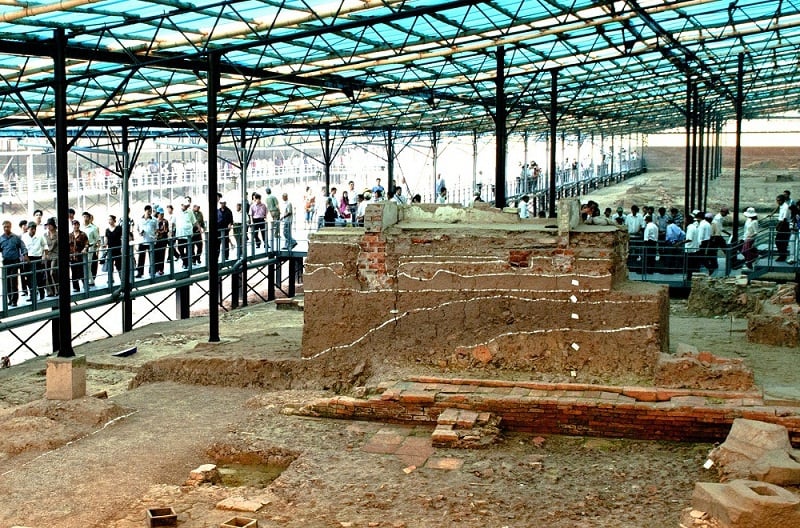

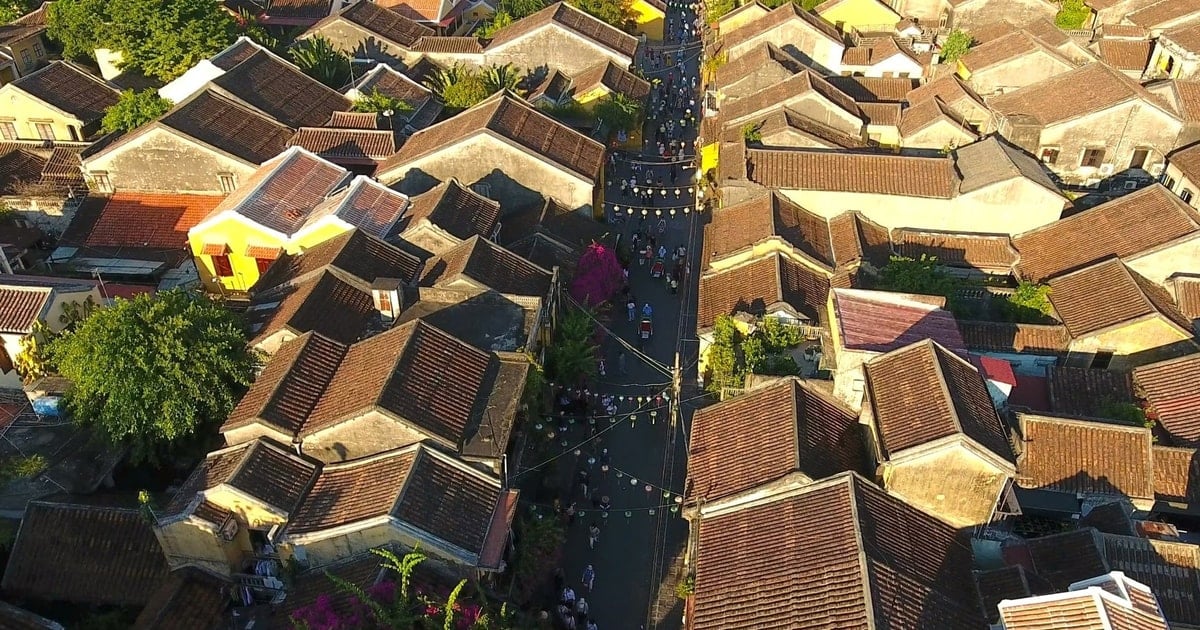

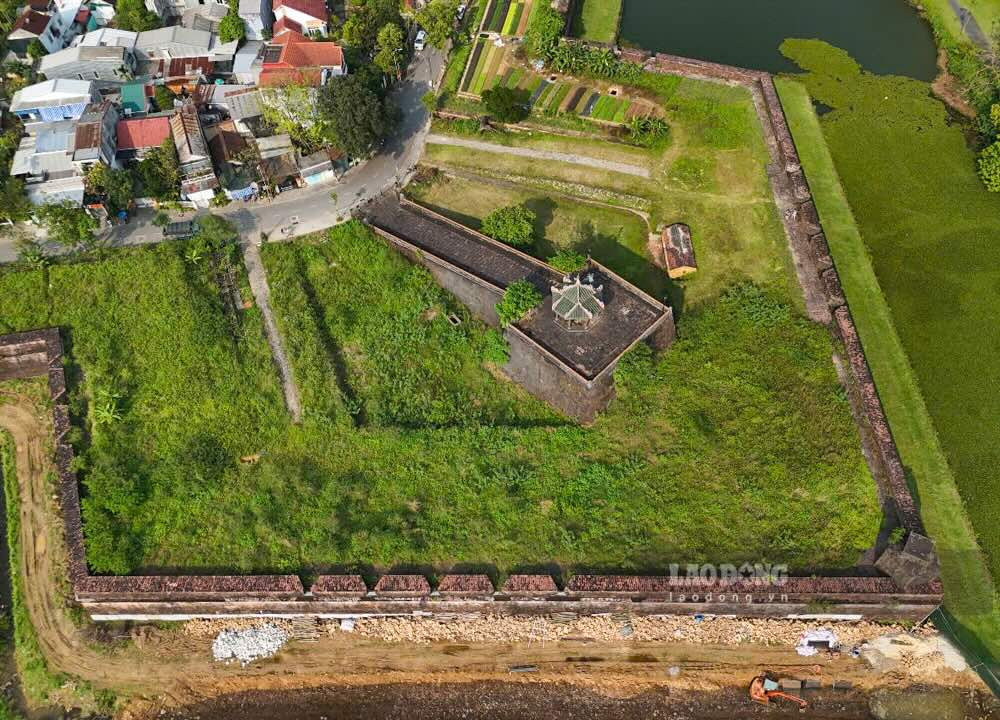



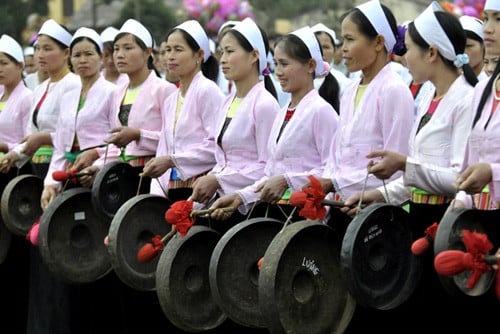

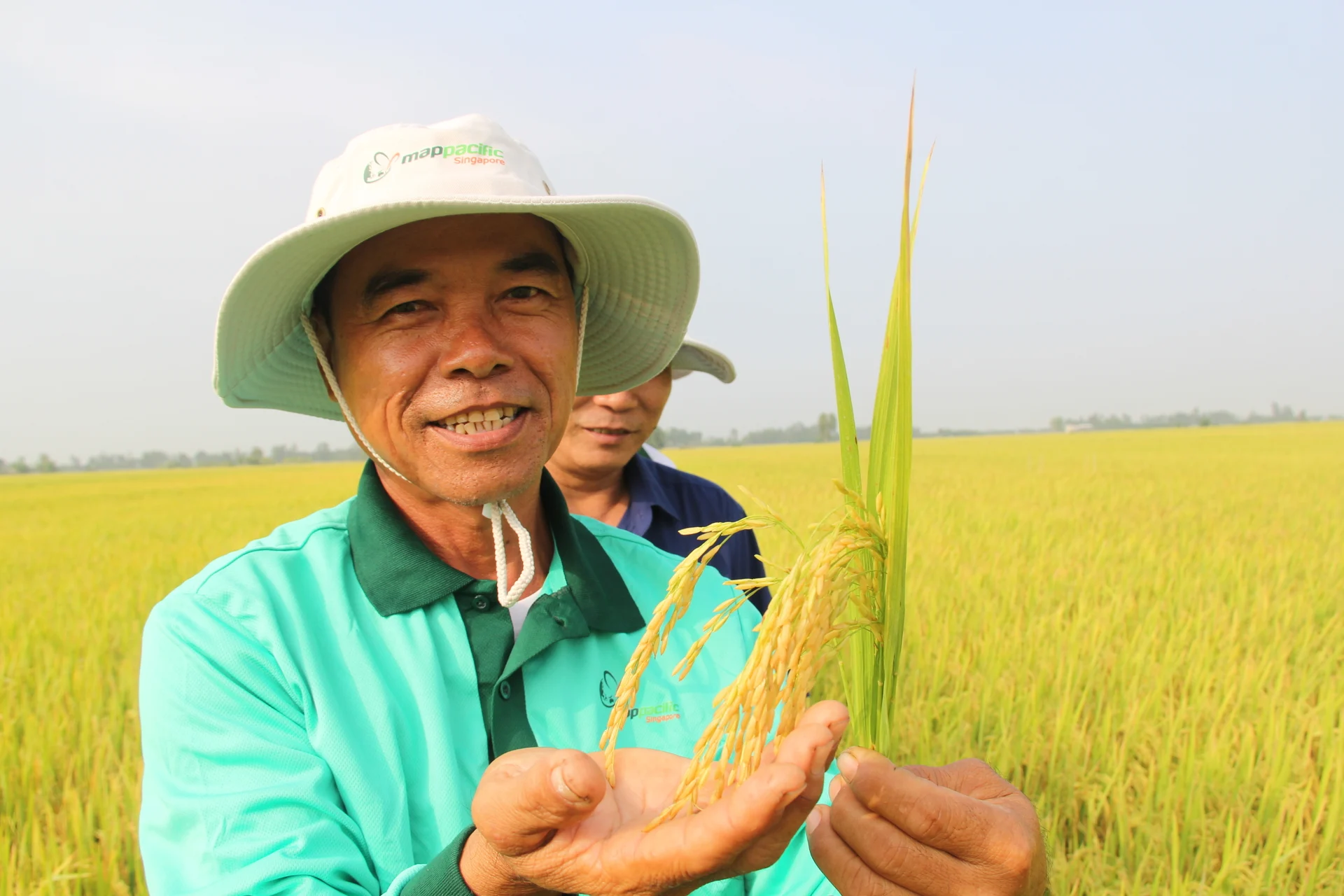







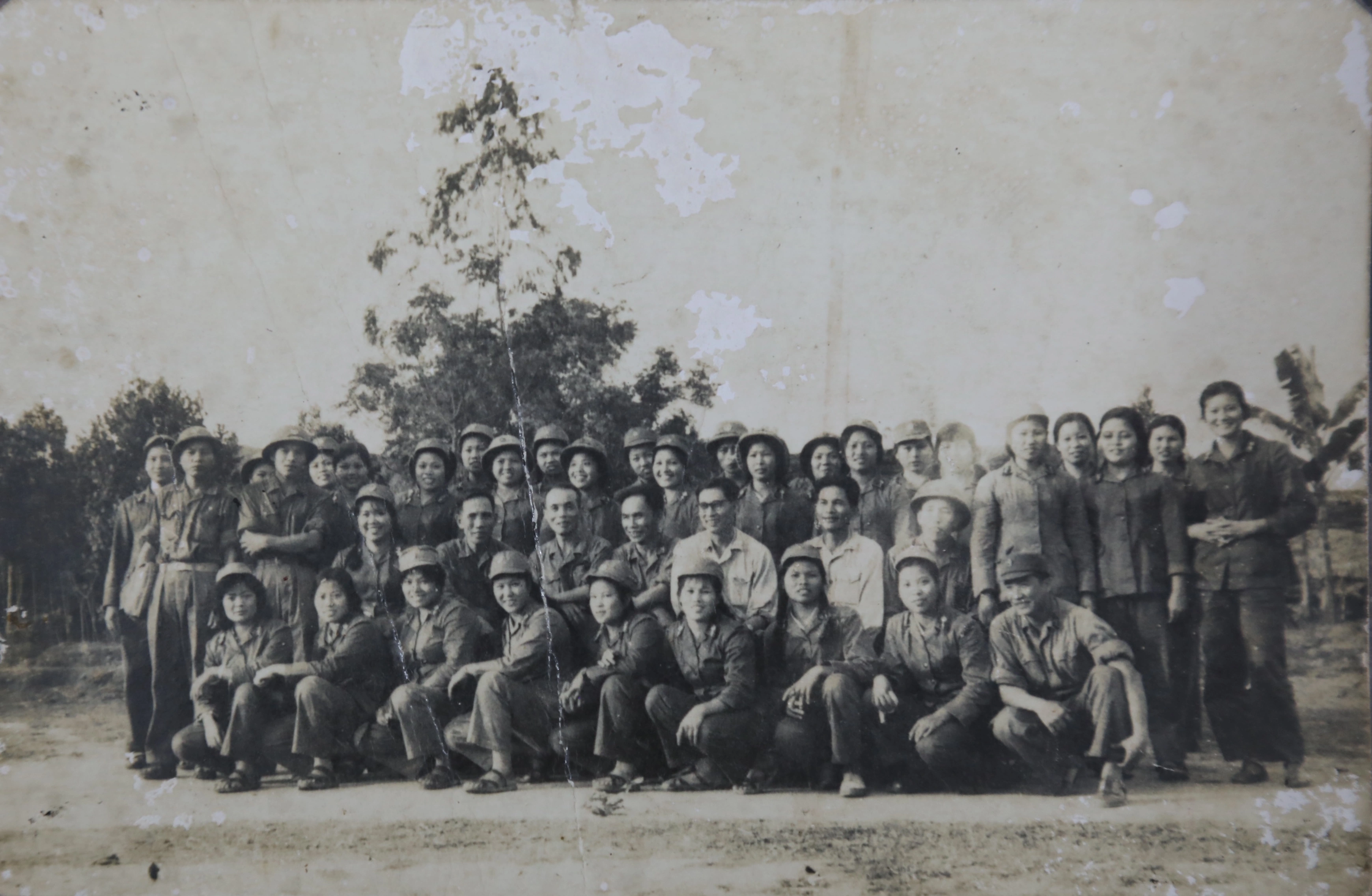


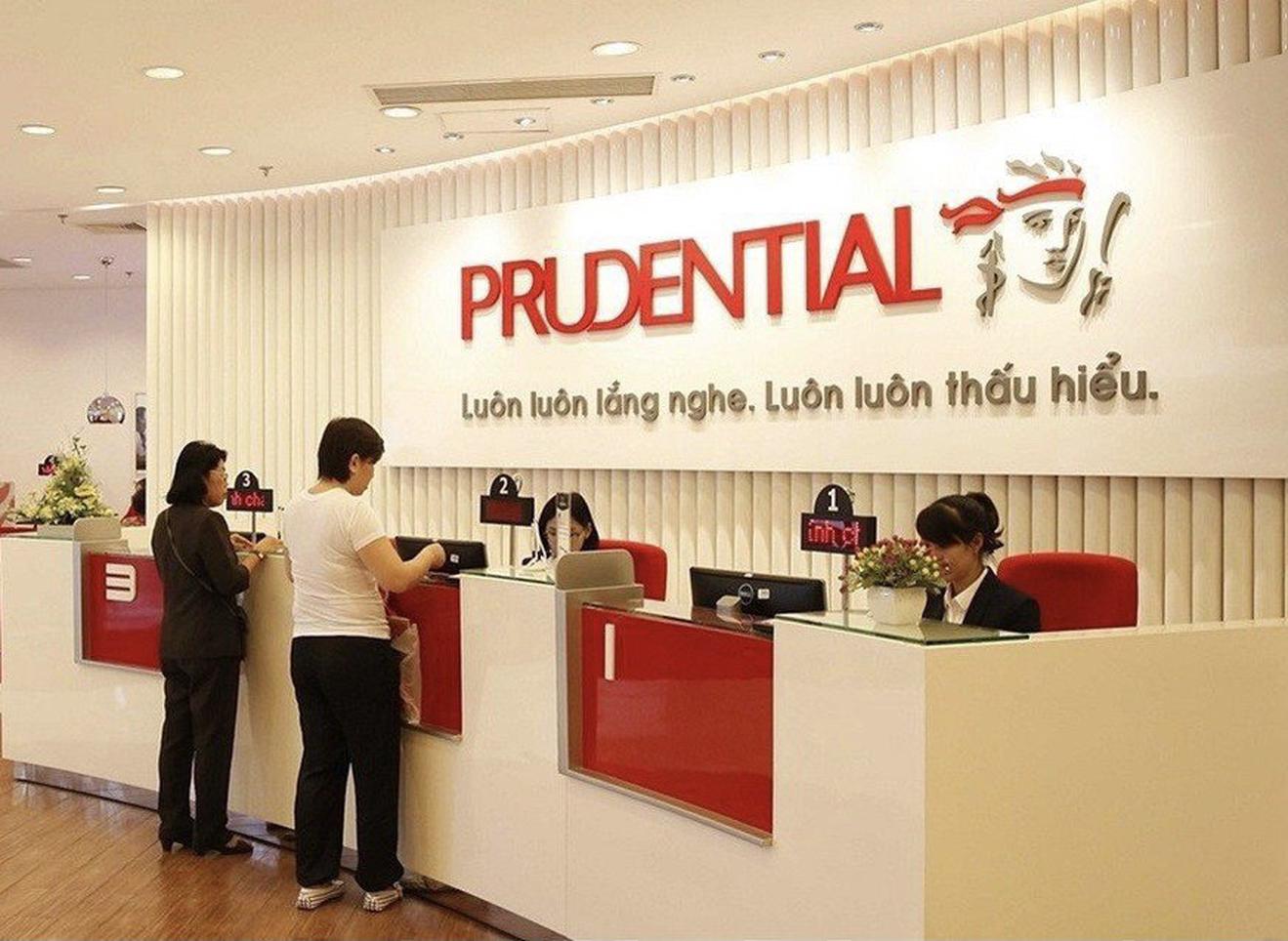


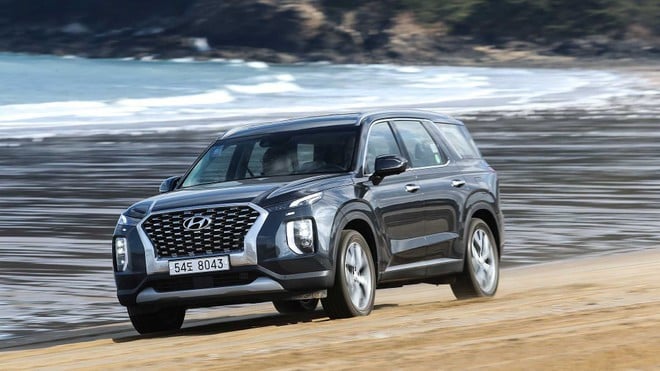





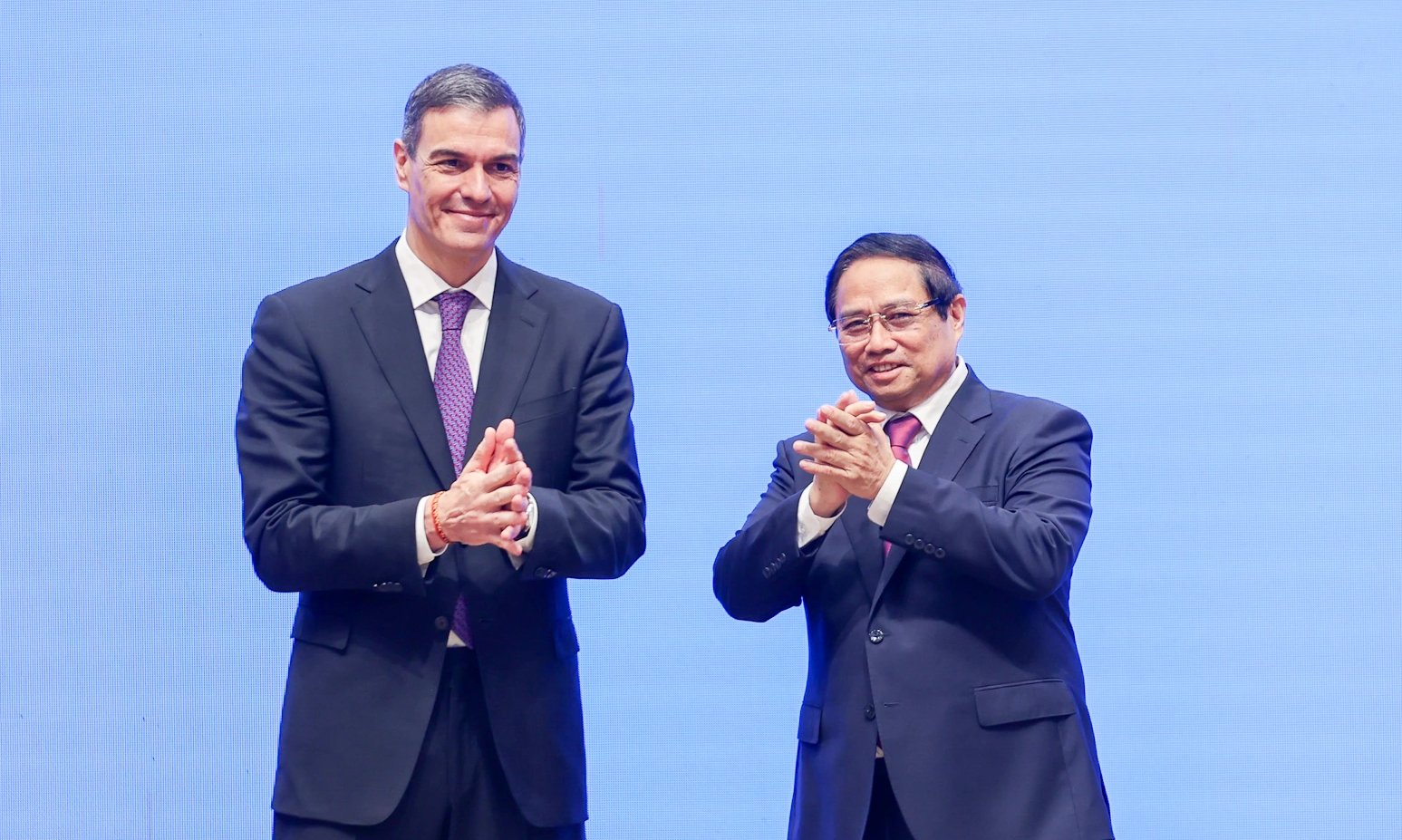

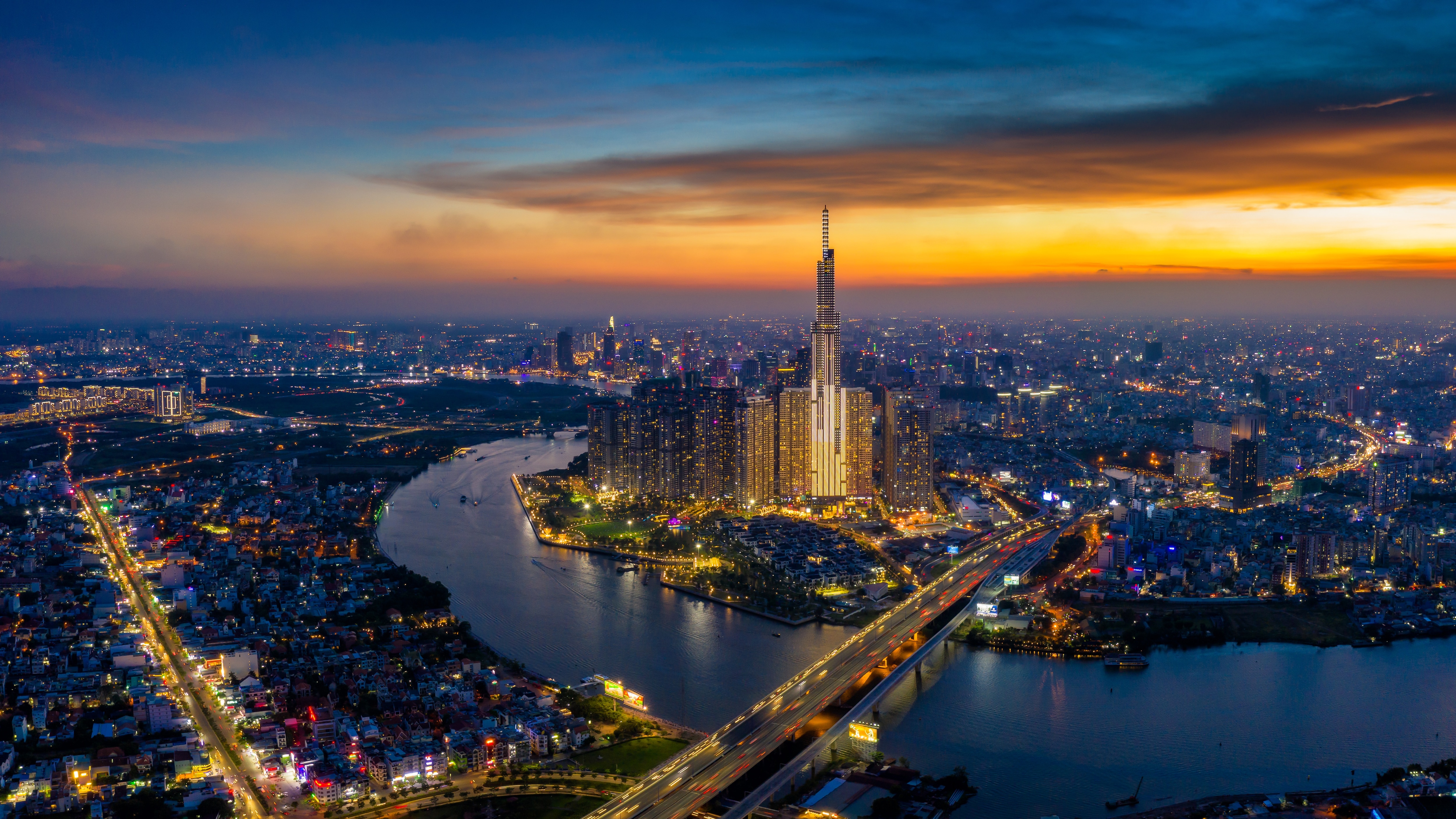

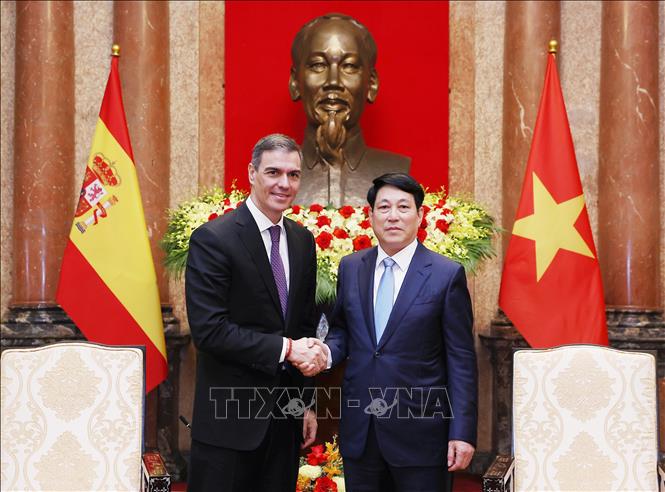



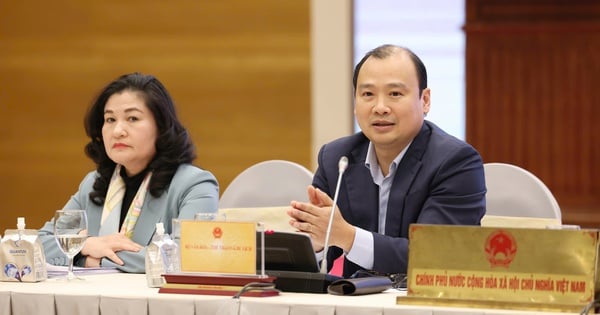





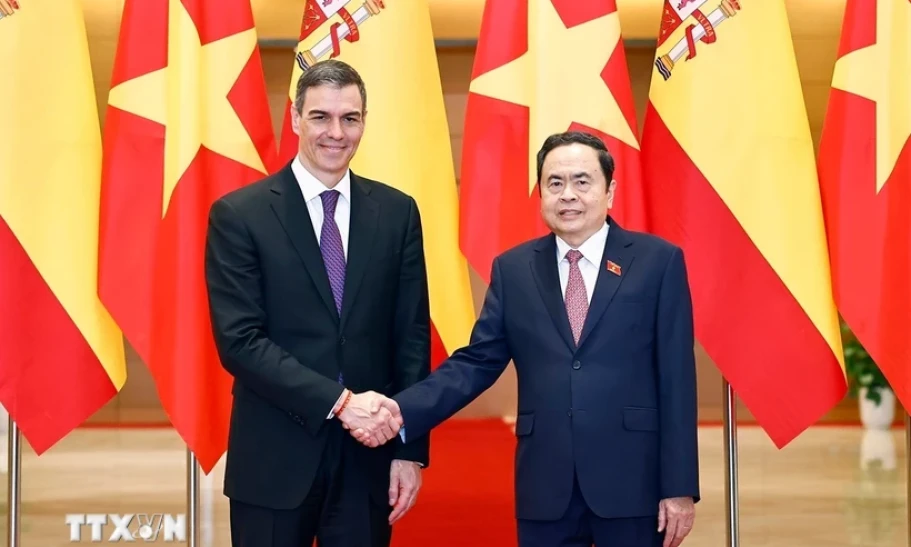
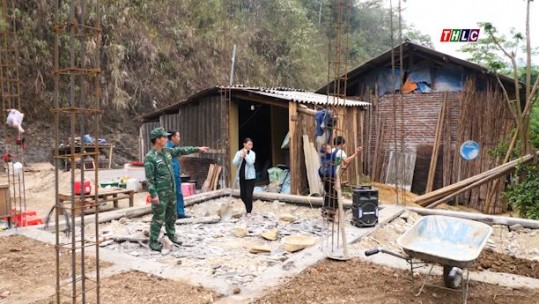


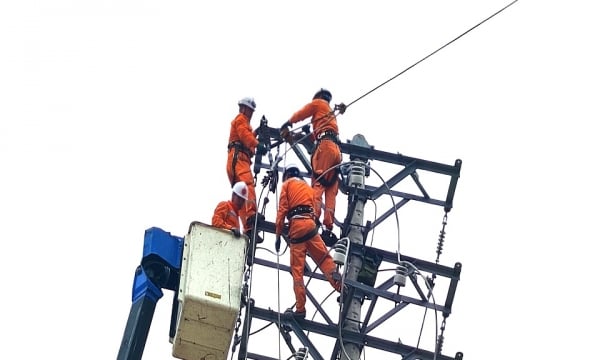





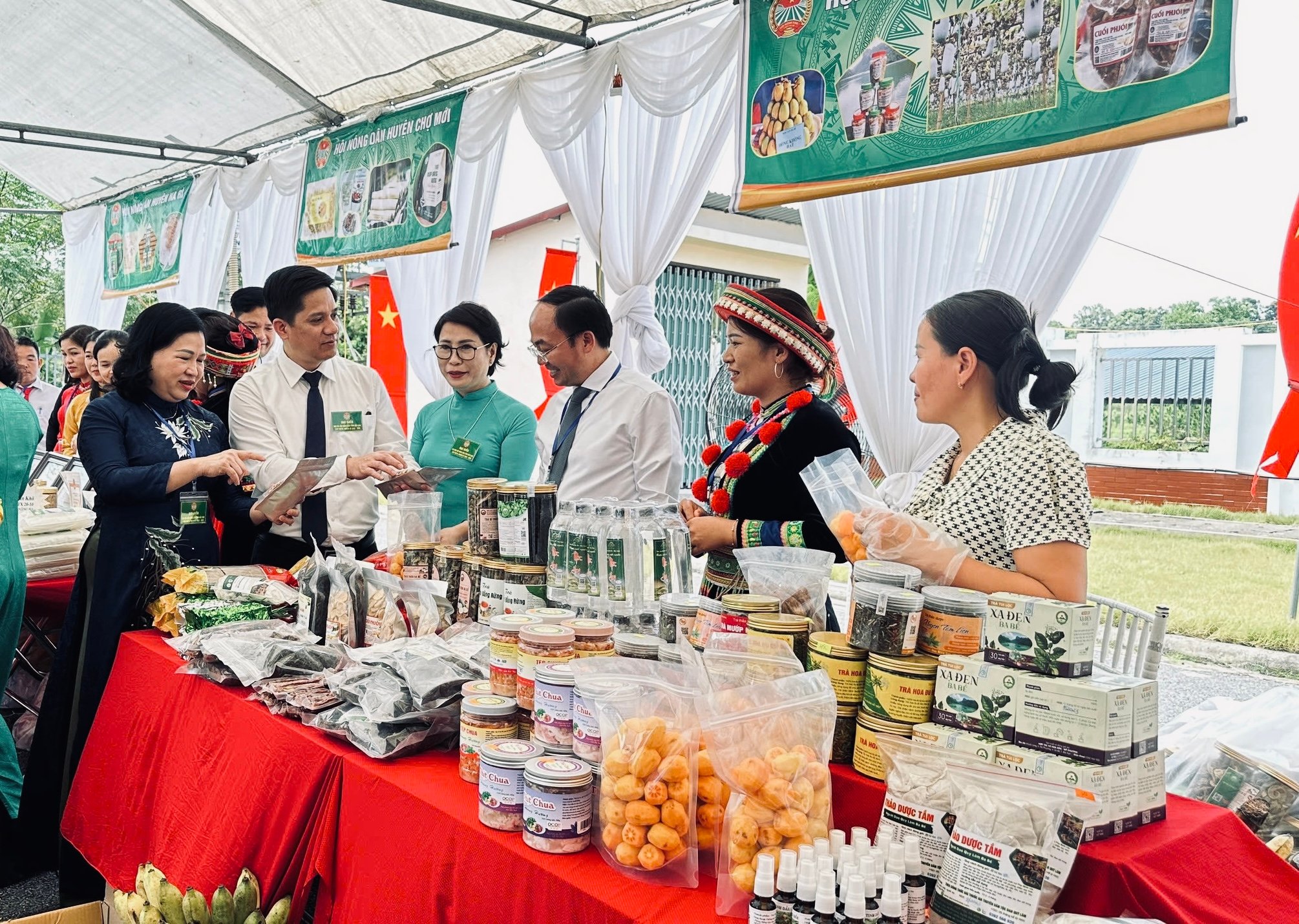
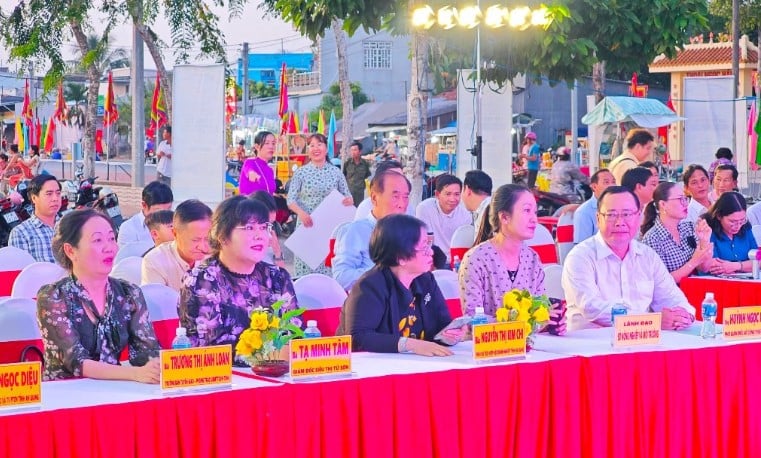



Comment (0)